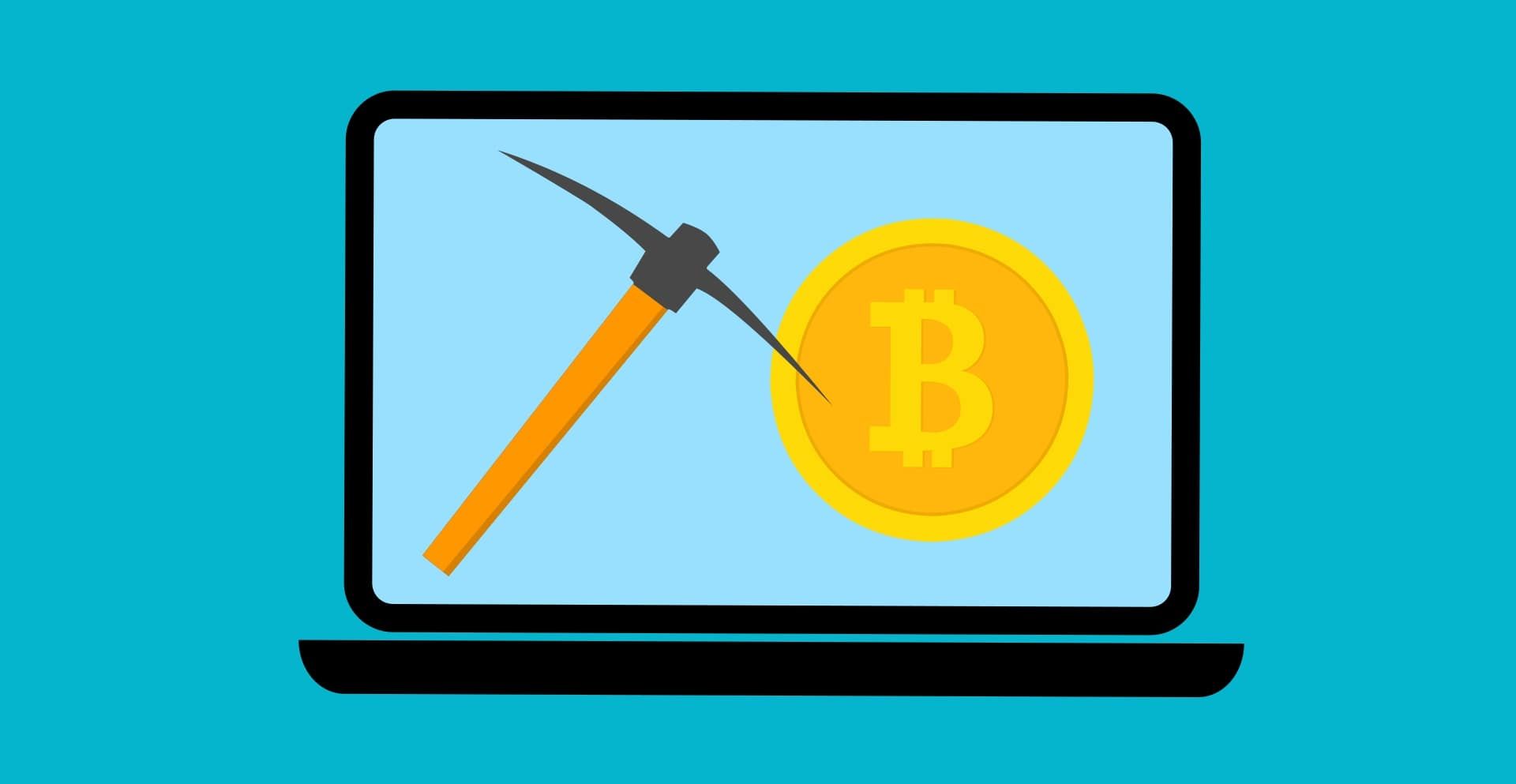Blockchain and cryptocurrency are two of the most significant talking points in the tech world today, and their popularity doesn’t seem to be fading anytime soon. While you may be familiar with and have invested in blockchain cryptocurrencies such as Bitcoin or Ethereum, you may be surprised by the severity of potential security threats to blockchain networks.
If you’ve invested in a blockchain cryptocurrency or are planning to get involved with blockchain networks in any form, you must know about blockchain networks' security pitfalls.
However, we in no way aim to advise you on investing in blockchain cryptocurrencies; only to bring awareness to the often overlooked security issues blockchain networks face.
Are Blockchain Networks Prone to Security Threats?
Blockchain networks operate on the core principle of decentralization, anonymity, and cryptography. What this essentially means is that there isn’t a single controlling entity managing the database, but different nodes in the network using consensus protocols to carry out transactions on the network securely.
Like any other technology, blockchain has its shortcomings despite having a transparent, immutable digital ledger. There are several different types of security threats that blockchain networks are vulnerable to. This can include cyberattacks that directly cause financial damage to the blockchain or defraud the blockchain users.
What Are the Security Risks of Blockchain Networks?
Every blockchain network (Bitcoin, Ethereum, Ripple, Cardano, etc.) is vulnerable to different security threats depending on how they are configured to operate. The threats listed below can apply to several various cryptocurrency networks.
1. 51% Attack
Perhaps one of the most important characteristics of blockchain networks is that it is immutable—a record, once created, can never be changed or deleted (at least theoretically). Blockchain networks are decentralized and depend on the agreement of the majority of miners. Any transaction that receives 51% of the vote gets approved and added to the blockchain. 51% of the vote translates to 51% of the computational mining power in a blockchain network.
In an ideal world, we would not have to worry about a malicious hacker group controlling 51% of the blockchain. But what if that were to happen, and they were aiming to wreak financial havoc on the blockchain network?
In such a situation, the malicious hackers who now control at least 51% of the mining power could perform fraudulent transactions, reverse existing transactions, double spend, and reject any valid non-malicious transaction. As you can imagine, this would undoubtedly leave the blockchain vulnerable to financial damage.
Fortunately, the financial cost of acquiring the immense mining power required to pull off a 51% attack on a significant blockchain network such as Bitcoin or Ethereum is upwards of $10 billion, making it highly unlikely to occur. However, smaller and relatively new blockchain networks with limited miners are especially vulnerable to 51% of attacks.
On Proof-of-Stake networks such as Ethereum (ETH) and Cardano (ADA), 51% of attacks are even more difficult because the malicious group would need to control 51% of the staked coin and not just 51% of the mining hash rate.
To carry out a successful 51% attack on a blockchain network, a malicious group will first need to control 51% of the mining power, after which they will have to make sure they are able to insert their intended altered blockchain at just the right time. Additionally, while it is controversial, the "honest" miners can vote to restore the blockchain to its original state after an attack has ended.
2. Routing Attack
Unlike a 51% attack, routing attacks rely on exploiting fundamental internet routing infrastructure vulnerabilities. An attacker can utilize a routing attack to split a blockchain network into two separate networks. The attacker acts as the bridge between both partitions so that all network traffic is routed through him. This forcefully creates parallel blockchains, and when the attack is finally halted, the blocks within the smaller partition will all be discarded, causing transactions to be dumped and repudiated of any mining rewards.
Similarly, routing attacks can also be used to delay the delivery of the mined block by at least 20 minutes while remaining utterly undetected on Bitcoin networks. This can result in double spending or the wastage of mining power.
Routing attacks are theoretically possible by intercepting network traffic, Border Gateway Protocol hijacking, or even intercepting the network traffic received via Autonomous Systems. Bitcoin, in particular, is susceptible to partition and delay attacks caused by routing attacks.
3. Sybil Attack
A Sybil attack can be considered a type of 51% attack. These attacks usually involve the attacker creating fake dummy nodes on the blockchain network that attackers can utilize to gain a 51% majority and carry out malicious transactions on the blockchain.
Blockchains tend to employ consensus protocols such as Proof of Stake (PoS) and Proof of Work (PoW) to reduce the likelihood of Sybil attacks. While these protocols do not entirely stop Sybil attacks, they make them very difficult because acquiring the hardware to carry out a large-scale Sybil attack on a PoW or a PoS network requires a lot of money.
4. Blockchain User Endpoint Vulnerabilities
Like any other online transaction service, blockchain networks are susceptible to security overlaps in user-interface devices such as computers, tablets, and smartphones. An attacker looking to gain access to your blockchain wallet may continuously monitor your online activity or use malware to scan your files to find your wallet’s private key.
It’s essential to make sure you keep your crypto wallet's private key encrypted and don’t save it as a plain text file. Additionally, it's always recommended you have secure antivirus software installed that provides spyware protection.
Be Careful in the Crypto World
It’s easy to get excited by the idea of making a lot of money via crypto investments in Bitcoin or Ethereum, but you need to make sure you’re aware of potential blockchain security threats and how they may affect your potential investments first. You should always remember to invest safely, never share your private keys with anyone over the internet, and avoid interacting with any individuals offering free crypto coins.





